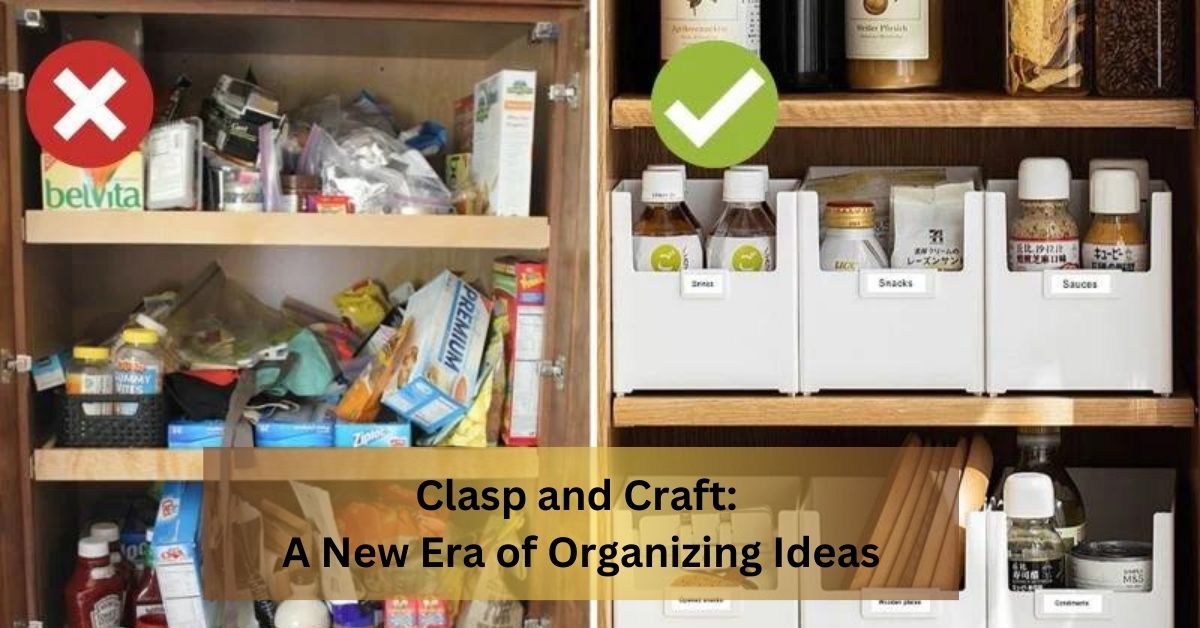In the bustling realm of creativity and information, the way we compile, clasp, and craft our ideas into tangible formats speaks volumes about our era’s approach to knowledge and artistry. As we step into a new era of organizing thoughts, documents, and artistic endeavors, the interplay between traditional methods and innovative technologies offers a fascinating narrative.
This story is not just about keeping pages together; it’s about how we curate, preserve, and cherish our intellectual and creative outputs.
The Renaissance of Physical Compilations
Despite the digital age’s promise of infinite storage and instant access, there’s a resurging appreciation for the tactile experience of flipping through pages, the visual pleasure of handwritten notes, and the satisfaction of a well-organized binder.
This renaissance of physical compilations reflects a deeper human need for connection—not just to the content but to the process and physicality of creation and collection.
The humble binding machine plays a pivotal role in this narrative. Far from being a relic, it has evolved, incorporating both the charm of traditional bookbinding and the efficiency modern users crave. This tool exemplifies how we can marry the old and new, creating documents, portfolios, and collections that are both durable and delightful to interact with.
Crafting with Care: The Materials That Bind
Choosing the Right Binding
The choice of binding style can significantly affect the usability, longevity, and aesthetic appeal of a compiled document. From thermal and comb bindings that offer flexibility and ease for office documents, to wire and spiral bindings that lay flat for ease of presentation and note-taking, each method has its unique advantages.
The Cover’s Tale
A cover does more than protect the pages within; it tells the story of the document itself. Material choices range from leather and cloth for a classic, timeless look, to recycled materials that speak to a commitment to sustainability. The design of the cover, whether minimalist or elaborate, sets the tone for the content it protects.
The Art of Paper Selection
The type of paper chosen is as crucial as the binding method. Heavier paper weights imply formality and durability, suitable for portfolios and archival documents, while lighter weights are more practical for everyday use. The texture, color, and environmental credentials of the paper also play into the overall impact of the document, influencing both perception and performance.
Innovations in Organization
Digital-Physical Hybrids
As we embrace a new era of organizing ideas, the line between digital and physical realms blurs. Tools and apps that digitize handwritten notes, and binding systems designed to incorporate digital elements like QR codes and augmented reality links, offer a bridge between the tactile and the technological.
Personalization and Customization
The ability to personalize and customize compilations has never been more accessible. From bespoke covers that feature original artwork or embossed titles to custom dividers and tabs that reflect the unique structure of the content, these details enhance the user’s interaction with the document, making it a true reflection of its creator’s vision.
Sustainability in Compilation
As environmental considerations become increasingly central to our choices, sustainable organizing practices gain prominence. This includes selecting eco-friendly materials for covers and paper, using refillable binding systems that minimize waste, and embracing digital tools that reduce the need for physical copies.
The Role of Community and Collaboration
The act of organizing ideas is no longer solitary. Communities of creators, professionals, and enthusiasts gather, both online and offline, to share techniques, inspirations, and innovations in document compilation. Workshops, online forums, and collaborative projects highlight the communal aspect of crafting and organizing, enriching the experience with diverse perspectives and skills.
Embracing the Clasp and Craft Philosophy
“Clasp and Craft” is more than a method; it’s a philosophy that celebrates the thoughtful compilation of ideas into physical formats. It’s about choosing the right tools, materials, and methods to not just organize but to elevate our thoughts, work, and creativity. In this new era, we are reminded that how we compile and curate our ideas can be as meaningful as the ideas themselves.
The journey from thought to page, from digital to physical, from individual to collective, embodies the essence of this philosophy. It’s a journey that respects the past while embracing the future, finding beauty in the tangible, and wisdom in sharing. As we continue to navigate the vast seas of information and creativity, let us do so with care, craftsmanship, and a community spirit, ensuring that our ideas are not just preserved but presented in a way that inspires, informs, and endures.



